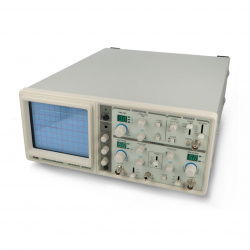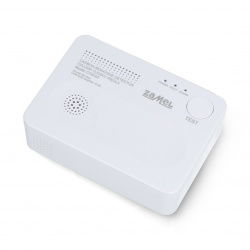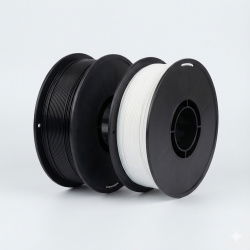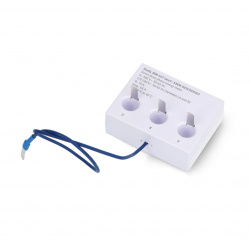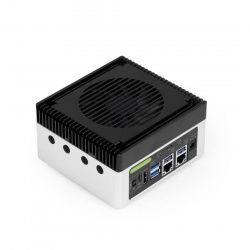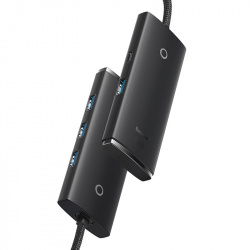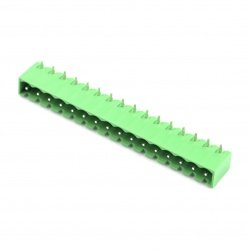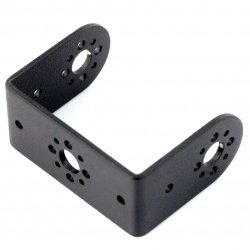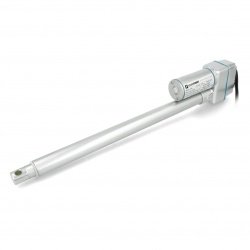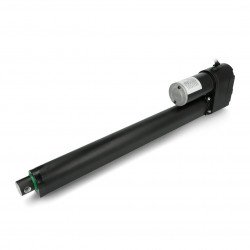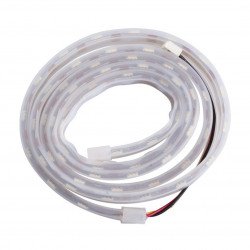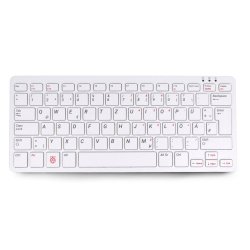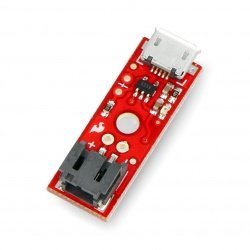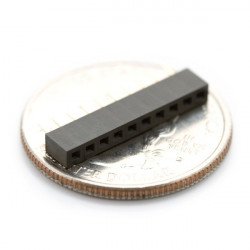It is not difficult to see that in recent years we have witnessed many technological revolutions. We are witnessing huge changes in software, mobile devices and increasingly efficient processors with surprisingly low power consumption. Completely new areas of technology are also emerging, which were not even thought of a few years ago. The Internet of Things (IoT) may serve as a perfect example of such an area. More and more often we hear about devices that will automatically exchange data with servers or the cloud, as well as with each other. Many wireless communication standards have been developed especially for such solutions, among which the XBee technology is of particular interest.
XBee accessories
XBee Adapter USB v2.2 - DFRobot DFR0174
USB converter for XBee module. It works with all XBee systems from 1, 2.5 & 3, standard and pro series. Version of the DFRobot company has derived connectors of the UART - RX,...- Reduced price
- SPECIAL OFFERS
XBee Explorer USB v2 module - SparkFun WRL-11812
USB converter for XBee module. It works with all XBee systems from 1 & 2.5, standard and pro series. This version has the RESET button for the XBee system.- Sale
- SPECIAL OFFERS
Female SMA - U.FL adapter - 10cm - SparkFun WRL-09145
Adapter for 2.4 GHz U.FL - SMA (female) antenna connectors , 10 cm long.DFRobot Leonardo XBee socket - compatible with Arduino
The DFRobot module is fully compatible with Arduino Leonardo. It has 20 digital inputs/outputs, 7 PWM channels, 12 analog inputs and popular communication interfaces....- Sale
- SPECIAL OFFERS
XBoard v2 of the Internet-bridge - compatible with Arduino
Xboard is a board compatible with Arduino, has an Ethernet port, slot for XBee modules and Atmega328 microcontroller known from version Uno. The device can be programmed via...Male adapter RP-SMA - U.FL - 15cm - SparkFun WRL-18569
Adapters for connectors of 2.4 GHz U. FL RP-SMA (male) antennas with the length of 15 cm.IoT as "talkative devices"
Machine-to-machine (M2M) communication is triumphing in virtually all segments of our "digital lives". As with every revolution, the development of IoT has generated a number of problems that designers of communication modules and new protocols have had to face. A characteristic feature of most IoT solutions is the need to achieve a relatively large transmission range (in order not to unnecessarily limit the network size) while maintaining low power consumption (which is very important if the devices and accessories are battery powered). Additionally, the transmission should be as safe as possible (encryption), reliable (data transmission correctness control) and the size of modules should be as small as possible (especially when they are installed in portable devices or small sensors "dispersed" in various places of the monitored object). All the above-mentioned advantages can be attributed to a series of small, convenient in implementation XBee modules.
XBee - M2M in an environmentally friendly and reliable edition
The board size of the Xbee radio modules is less than 25x28 mm, and connection to the target application is provided by two rows of goldpins with a 2 mm pitch. Each connector has 10 pins that give the user access to power lines, reset, a UART interface for communicating with the microcontroller, as well as additional universal digital input/output (GPIO) and analogue inputs (ADC). To facilitate both software development and testing of prototypes using the XBee, a range of accessories has been created to quickly get started and check the operation of all the functions of these flexible modules.
XBee accessories in Botland offer
In our offer you will find both basic XBee add-ons and accessories, as well as convenient to use evaluation modules or transition boards that will allow you to immediately start working with modules, without having to design your own PCB or laboriously connect individual lines using wires and prototyping boards. By far the easiest way to build an evaluation environment is to use the DFRobot Leonardo board with XBee connector - just insert the XBee module of your choice into the socket and you can start preparing the program in the Arduino IDE environment. Another option is to use the XBee Shield frontend for Arduino or the XBee Adapter USB v2, also manufactured by DFRobot. For those who want to implement the modules in their own devices, we also have basic accessories - including compatible 2 mm goldpin connectors, antennas with U.FL connector or XBee adapters in the form of stands with "full-size" 2.54 mm goldpin connectors.






























































































































































































































































































































